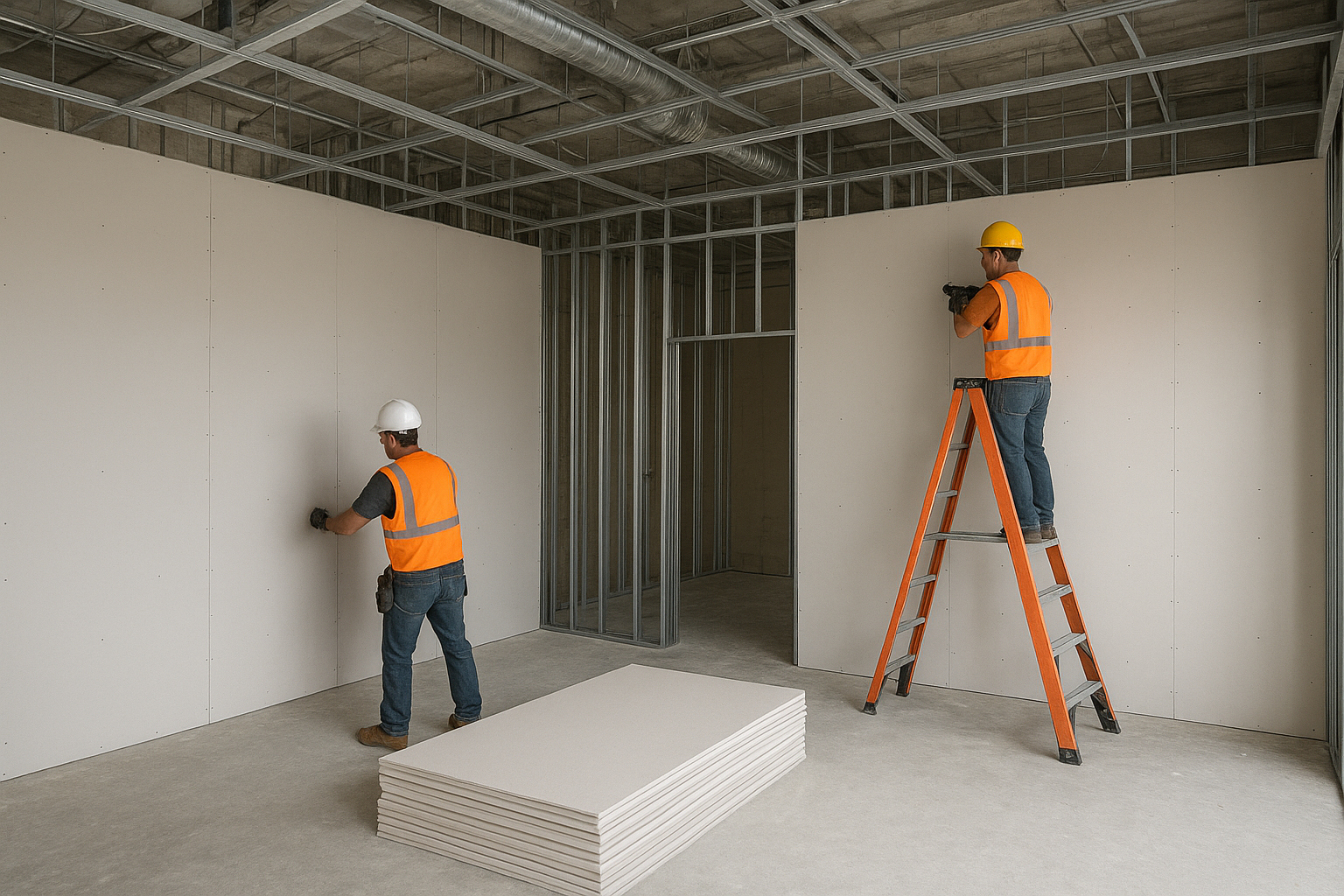
When it comes to estimating drywall in shaft openings and core areas, even seasoned professionals can find themselves facing unexpected variables. These zones are inherently complex due to structural interruptions, service risers, elevator cores, and mechanical pathways—all of which present unique constraints. Getting these areas wrong during the estimating phase can result in budget overruns, delays, or last-minute design modifications. However, with the right methodology and data-enhanced workflows, estimators can approach these areas with the same confidence as standard partition walls.
Shaft openings and core areas are high-density, high-impact parts of a building. They often serve as vertical arteries for mechanical, electrical, and plumbing systems and frequently interface with multiple trades. These factors introduce considerable variability that standard estimating methods may overlook.
Despite being a smaller portion of total wall area, shafts and cores carry disproportionate risk in terms of cost volatility.
To mitigate these issues, estimators should implement a structured approach to estimating these specialty areas:
Using Active Estimating, estimators can quickly identify core zone materials and visualize them in 3D, ensuring that the complexity is captured in both quantity and labor. The tool's ability to track version changes and link conditions directly to BIM or 2D overlays ensures shaft cores are not just visualized—but accounted for with precision.
Each core type carries distinct considerations:
Estimators should utilize templates or assemblies that reflect the full complexity of shaft wall construction. A common mistake is using standard wall types and simply adjusting the area, but this can misrepresent labor hours and accessory needs. Instead, purpose-built assemblies in drywall estimating software will allow for correct framing types, board layers, and firestop materials from the outset.
Accurately estimating shaft openings and core areas doesn’t just improve budget confidence—it ensures the team avoids painful rework and last-minute procurement. By applying focused assemblies, referencing past project data, and leveraging modern platforms that capture complexity in context, these zones can be as predictable as any other scope area. Remember, it's the areas hidden behind access panels and walls that often decide whether your estimate holds up under pressure.
Contact Information:
Active Estimating
508 2nd Street, Suite 208
Davis, California 95616
Rich Schoener
richard@activeestimating.com
(877)
Schedule a personalized demo to see how Active Estimating can work for your specific needs.
